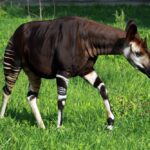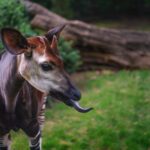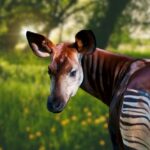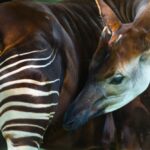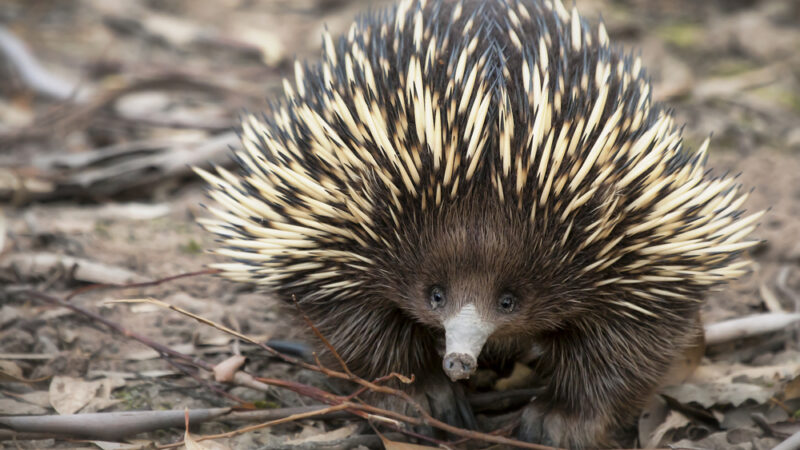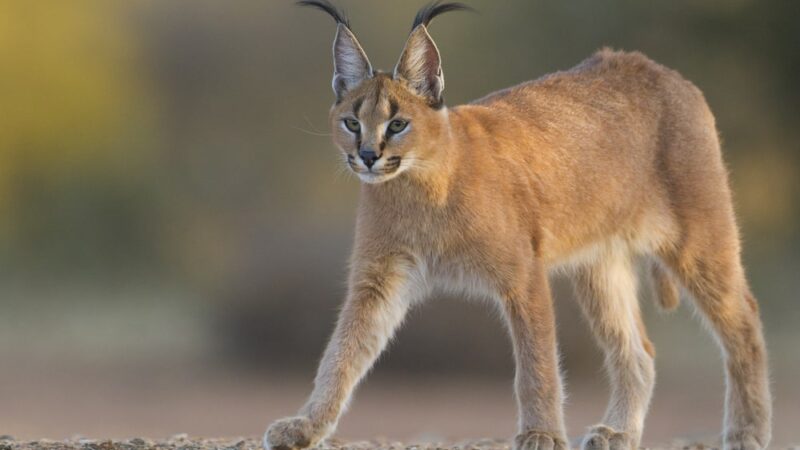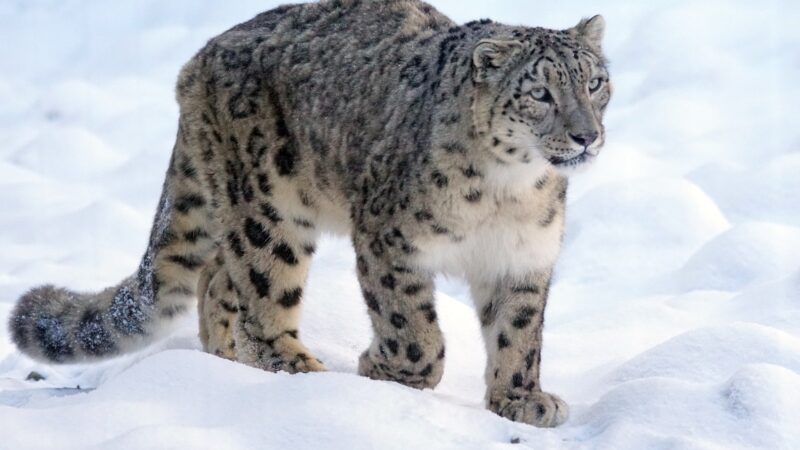Okapi
Shelter for Animal | Okapi | The Okapi animal is a member of the Giraffe family and they can only be found in the forests of the Democratic Republic of Congo.
Okapi animal
Okapi measure around 1.5 meters tall at the shoulder and from head to tail measure around 2.5 meters long similar to their much taller cousins the giraffes. Okapi has little hair-covered horns called ossicones you may have guessed but Okapis are herbivores and they primarily eat fruit grass and fungi they live in dense canopy forests and have all sorts of adaptations that help them thrive in their habitat.
First, off their stripes, their hindquarters are covered with white and black stripes this is to break up the outline of their bodies and make them more difficult to spot in the tree line. Each okapi has a set of stripes that is as unique to them as our fingerprints are to us. Life in the dark of the forest can be pretty difficult.
Fortunately, they have a large number of rod cells in their eyes which give them much better low-light vision well copy have very long and fuzzy ears which they can move independently of one another coupled with the fact that they have large auditory bullae and auditory lobes in their brains which give them an enhanced hearing ability. They are excellent at detecting predators stalking them along the dampened forest floor.
What is an okapi a cross between?
This animal is known as “forest giraffe,” Okapi is more like a cross breed between deer and zebra. However, it is the only one who lives in a giraffe family.
Okapi also has a fantastic sense of smell which they used to find other okapi and to detect predators their scent glands are located on their feet and when they want to chemically communicate with other okapis. They will leave behind a sticky substance wherever they walk marking their territory another advantage. They have is their infrasonic call Ochopee mothers can produce a 15 kilo-hertz call to communicate with their calves a low-frequency call in the forest is especially useful when you don’t want to be heard by predators but possibly their most amazing feature is their prehensile tongue.
Long tongue animal
They have long blood tongues measuring around 30 centimeters long which they use to grab leaves off branches to eat and to grow themselves often washing their eyes and ears living. In such inaccessible habitats studying okapis has proven difficult in fact they weren’t even seen by Western scientists until the 20th century though of course.
How many Okapi are left?
The okapi was known to the local people for a long time as their skins have been traded as early as 500 BC. Okapis are highly elusive stealthy and their population numbers are difficult to calculate the current estimate for their population in the wild ranges from 10,000 to 50,000 the most effective method for calculating their numbers has been to count their poop that would be a fun job.
Okapis habitat
Okapis are generally solitary animals and only really need up to breed which can happen any time of the year they just stayed for a mind-numbing 15 months before giving birth to a single calf weighing around 30 kilos interestingly enough. Okapi mothers will consume the placenta after giving birth young okapi calves can stand by themselves after only 30 minutes of being alive and they won’t defecate for the first one or two months of their lives.
Okapi facts
- Okapi animals are native to the Ituri forest which is a dense forest in central Africa.
- They are browsers which means they almost exclusively eat just leaves from bushes and trees.
- They are known to eat over 100 species of plants some of these plants contain toxins so they’re sometimes seen in clay or even charcoal from trees that have been struck by lightning to absorb the toxins from these plants.
- Like their closest living relative that giraffe okapis use they’re 14 to 18 inch long tongues to grasp leaves out of trees to eat the tips of their tongues are purple because they contain melanin which is a dark pigment that helps protect the tongue from sunburn.
- Another thing that makes so copy’s so well suited to life in the rainforest is their unique coat the dark brown color helps them blend into the shadows of the forest.
- Their stripes which are sometimes referred to as follow-me stripes are thought to help mothers and calves stay together while traveling through the dense rainforest their short velvety coat does not lay down in any one direction, which allows them to pass through the forest more easily and with less noise it also allows the coat to shed water.
- More easily their skin secretes a dark thick body oil which further acts as a weather protectant in their wet rainforest environment life in the rain forest makes okapis difficult to find.
- In fact, they weren’t discovered by Western scientists until 1901 aside from blending in with their environment part of the way okapis avoid detection is by communicating with infrasound which is a sound that is below the level that humans and predators like leopards can hear okapi calves are also very good at avoiding detection.
- They remain in a hiding spot for the first two to three months of their lives their mothers only make a few short visits to the nests per day. So, they don’t draw attention to the hiding spot the mother’s milk is so nutritionally complete that the calves don’t defecate for the first 60 days of life this also helps keep predators from being able to track them.
Okapi endangered
Okapis are endangered and their numbers have declined by almost 50% in the last 25 years their biggest threats are deforestation and poaching both for their skin and meat with their meat being considered the most valuable bush meat in the Congo. The okapi wildlife reserve is doing wonders for the species though with over 5000 living on the reserve but that amazing accomplishment hasn’t been easy in 2012 poachers broke into the okapi wildlife reserve.
Killed six people and all the animals in the breeding center including 14 okapis. This was a retaliation killing for the staff members that had been stopping poachers from killing elephants and other endangered species in the Ituri Rainforest that is truly horrible.
Reference: Wikipedia
